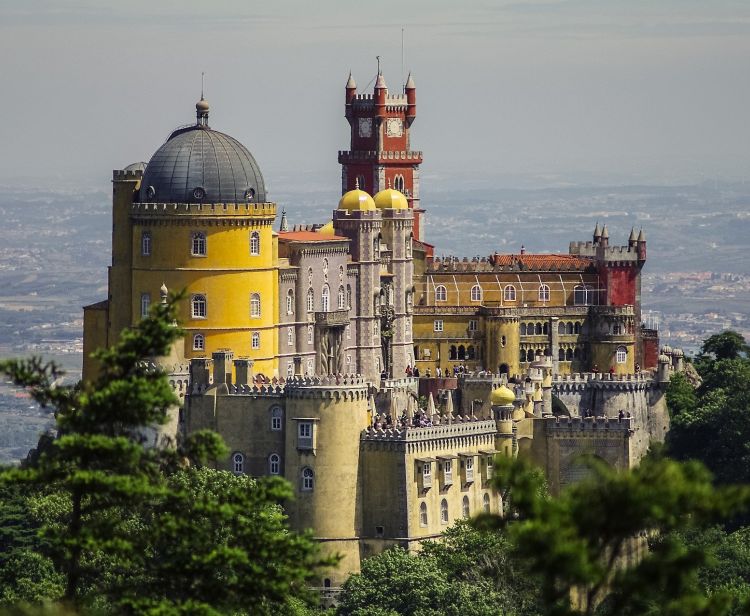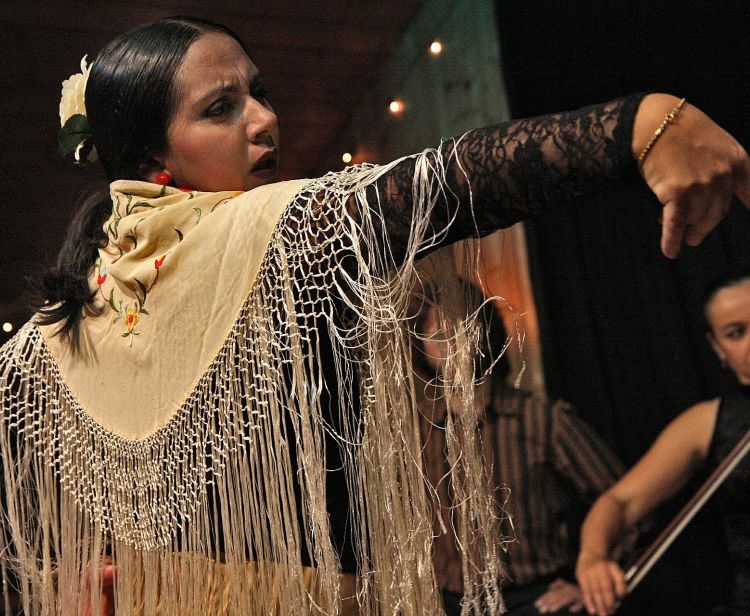
BOOK YOUR ACTIVITY AND
LIVE A UNIQUE EXPERIENCE

BOOK YOUR ACTIVITY AND
LIVE A UNIQUE EXPERIENCE

Cadiz is the oldest city in the West, with 3,000 years of history. It was founded by the Phoenicians, who gave it the name "Gadir", which means "closed enclosure". With the arrival of the wars between the Carthaginians and the Romans, the city ended up in the hands of the Romans and became known as "Augusta Urbs Julia Gaditana". The Visigoths would rise centuries later in the conquest of this city, and then lose it to the Muslims. Finally, Alfonso X the Wise reconquered it in the 13th century, incorporating it into the Kingdom of Castile. Christopher Columbus used its ports as a starting point to America and the Constitution of 1812, the first promulgated in Spain, was written in this city.
With all this rich legacy, full of a mixture of different cultures, Cadiz today has some historical monuments, witnesses of the past, and an unthinkable gastronomy and art.
The Central Market of Cadiz was related to the fishing trade of yesteryear and was the main meeting point for ships and goods. Today, food stalls and breweries have sprung up next to the fishmongers' stalls.
On the other hand, the Plaza de España in Cadiz, the historical symbol of the city, houses in the centre the Monument to the Constitution of 1812.
The New Cathedral is one of Cadiz’ masterpieces. Its construction, which began in the 18th century, lasted 116 years and was influenced by the changing fashions and tastes of the architects who took part in this work. In this way it began with Baroque influences, passing through the rococo and neoclassical.
The Plaza de Mina, with its unique artistic value and surrounded by century-old trees, is located in the old orchard of the Franciscan Convent. In it is the Archaeological Museum, also known as the Museum of Cadiz. The houses surrounding the garden area form a very representative group of 19th century bourgeois architecture from Cadiz.
The historic beach of La Caleta, the smallest beach in Cadiz, located in the district of La Viña, is in the heart of the city. This beach is located in a spectacular setting between Santa Catalina Castle and San Sebastian Castle, and is famous for offering the most beautiful sunsets.
Finally, one could not speak of this city without making reference to the Carnival of Cadiz. Its origins date back to the 16th century and it is influenced by Venice, with which it had close commercial relations. This famous carnival is characterized by critical and satirical songs, called "chirigotas", which are invented by the people of Cadiz themselves.
Without a doubt, Cádiz is the capital of history, flamenco, coastal gastronomy and Andalusian art, don't miss it! Enjoy it with our tours and specialised guides.

Córdoba es una de las ciudades más visitadas de España. La ciudad andaluza está llena de historia y monumentos impresionantes como por ejemplo la Mezquita de Córdoba. Córdoba es la ciudad que tiene más títulos Patrimonio de la Humanidad por la Unesco de todo el mundo.

Sintra es una ciudad portuguesa situada entre las colinas de la Sierra de Sintra. La Unesco declaró este lugar como Patrimonio de la Humanidad en 1995 ya que es considerado uno de los centros más importantes de la arquitectura romántica europea.

Desde Pancho Tours presentamos una propuesta diferente para disfrutar tus días de visita en Granada